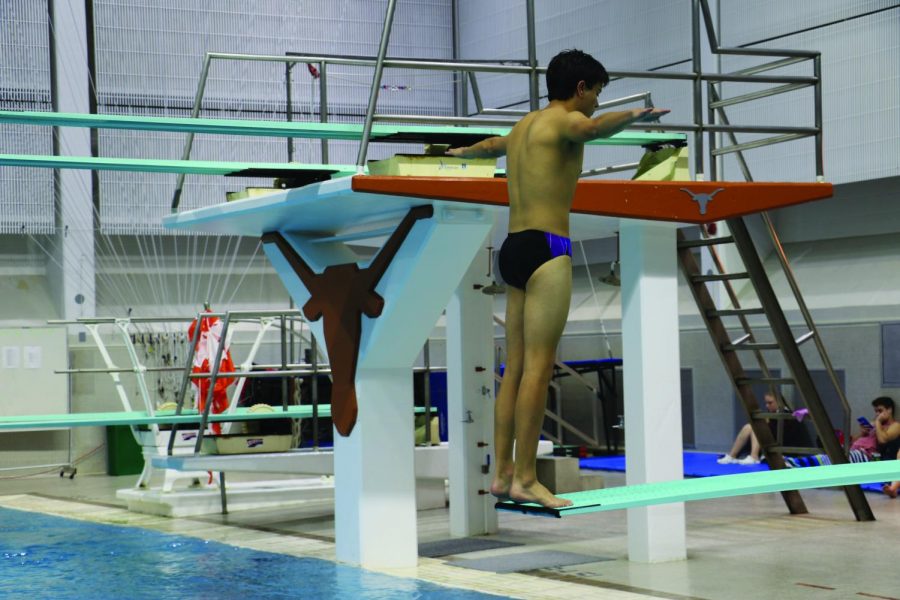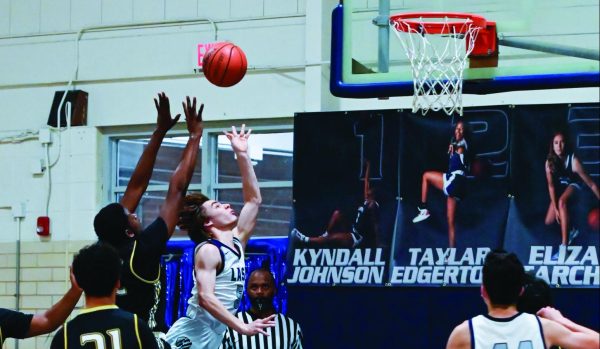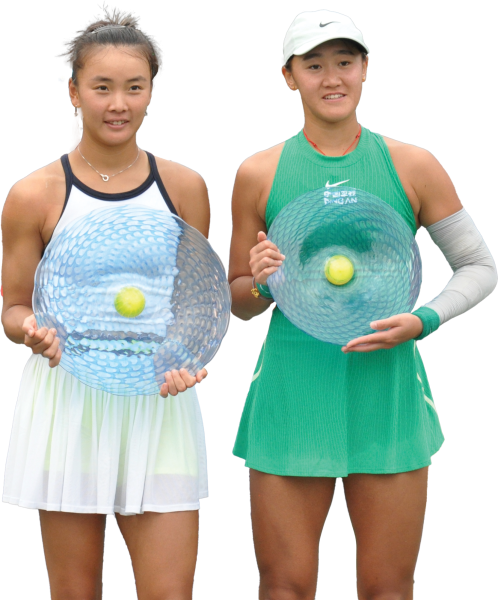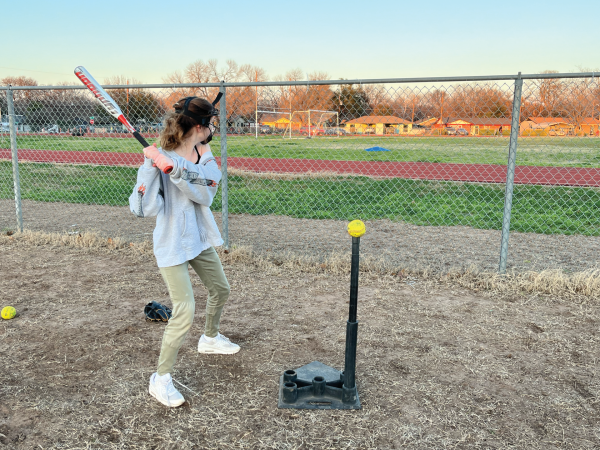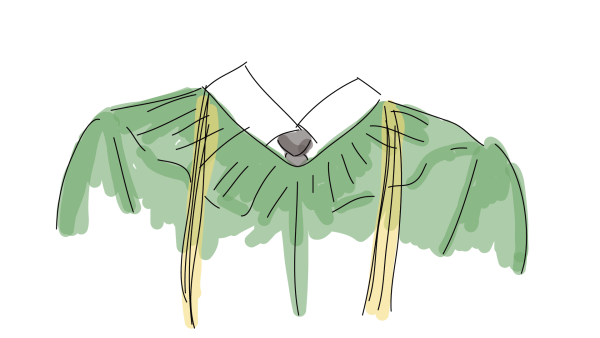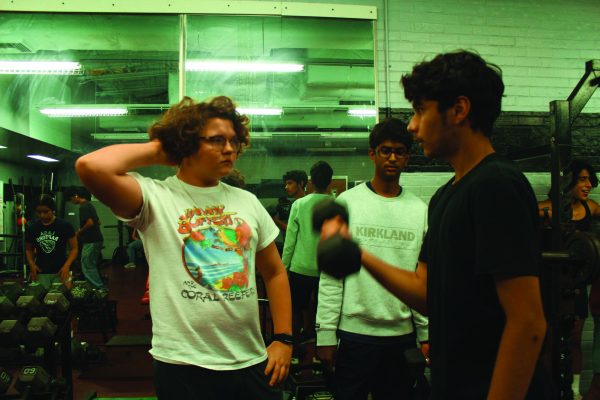Jags Diving Plunges Into Season
January 15, 2020
The LBJ dive team, although only comprised of 3 athletes, is racking up points for the Pool Jags Swim and Dive team. LBJ’s divers earned twenty points for the team at the Burnet Small School Invite on Saturday, Nov. 2. Athletes are working hard this season to improve their skills and rack up even more points for the team according to Longhorn Aquatics head diving coach Jim Zagaria.
The divers practice twice a week at Longhorn Aquatics on the University of Texas campus alongside many other AISD divers and certified diving coaches from UT, such as Zagaria. All divers are required to practice at UT three hours a week, but some go as far as practicing six hours a week. Senior captain Isabel Kilday said athletes have to be fully dedicated to the sport to practice.
“The divers have to practice on their own with a club team, so it takes a lot of dedication to do this sport,” Kilday said.
According to Kilday, the Jags swim team also practices at the Longhorn Aquatics facility meaning the two teams are close. She said both teams are very close because even though they compete in different events they are collectively named the LBJ Swim and Dive team and are integrated socially as such.
“Although we are not able to provide a facility or coaching for the divers, the dive team is fully a part of LBJ Swim and Dive and both teams support each other at meets,” Kilday said. “The divers come to drylands practices, meets, and parties alongside the swimmers, and I think it’s really cool how integrated the two teams are.”
So far there have been 5 dive meets: three in Burnet, one in San Antonio and one at UT. At every meet, a diver must perform from 5 to 11 dives with at least one being in each of the basic directions: front, back, inward, reverse, and twister. The points awarded for each dive are based on the degree of difficulty of the dive and their score is given by each judge up to a score of 10.
Senior Eli Walther, the dive captain for the 2019-2020 swim season, said one reason diving is not recognized by the student population is because of the lack of interscholastic competition. Usually, there are fewer than five divers from each high school, and there is sometimes only one. According to Walther, this means divers from different schools tend to all merge into one group, especially during practice.
“Since diving is such an individual sport, [making a good dive team is] mostly just providing support for the rest of your divers,” Walther said. “Everyone dives at the same pool and everyone basically supports everyone anyways, and it doesn’t really matter if you’re on the same high school team or not.”
Zagaria began coaching high school students in 2001 at Ames High School in Ames, Iowa. He has also coached college kids and middle school kids, teaching them everything from how to jump to how to do a triple flip off a ten meter-high board. Zagaria emphasized the importance of the mental aspect of the sport of diving.
“I would say diving is 80 percent mental and 20 percent physical. It is an incredibly scary sport,” Zagaria said. “It always helps if you’re quick and agile and flexible, but it is really a mental sport, it’s a mental game.”

